What is osteoporosis?
What is osteoporosis?
Osteoporosis, also known as "bone loss", is a disease in which bone density and quality decreases. The bones become porous, brittle and more susceptible to fractures, particularly in the hips, spine and wrists. The disease usually develops gradually and is often only discovered when a fracture occurs.
How does osteoporosis develop?
Our bones are living tissue that is constantly renewing itself. In youth, bone formation predominates, from around the age of 30, bone loss and bone formation balance each other out, and from a certain age, bone loss dominates. Various factors such as genetic predisposition, diet, lack of exercise, smoking, alcohol or chronic illnesses can accelerate this process.
Hormones, particularly oestrogen, which plays a key role in women, are a major factor influencing bone health.
What role do hormones play in bone density?
Hormones such as oestrogen protect the bones by inhibiting the breakdown of bone substance. They promote the absorption of calcium into the bones and regulate bone metabolism. When oestrogen production decreases, as is the case during the menopause, bone resorption is accelerated. The risk of osteoporosis increases significantly, especially in the first few years after the menopause.
What happens to the bones during the menopause?
The menopause is a phase of hormonal changes. As oestrogen levels fall, the natural protection of the bones is weakened. Studies show that women can lose up to 20 % of their bone density in the first five to ten years after the menopause. Without preventative measures, this can lead to osteoporosis and significantly increase the risk of fractures.
The influence of training and exercise on bone health
Exercise is one of the most effective measures to promote bone health. Particularly important are:
1. strength training: weight-bearing exercise stimulates bone formation.
2. high-impact sports: activities such as running, dancing or jumping strengthen bone density.
3. balance exercises: They reduce the risk of falling, which prevents fractures.
Regular exercise can strengthen bones and slow down bone loss, even after the menopause.
-Calcium and vitamin D: key substances for strong bones
- Calcium is the most important mineral for bones. Menopausal women should consume around 1,000-1,200 mg of calcium a day from their diet. Good sources are dairy products, green leafy vegetables, nuts and seeds.
- Vitamin D supports the absorption of calcium in the intestine and ensures that the calcium is incorporated into the bones. As vitamin D is mainly formed in the skin through sunlight, it is important to spend enough time outdoors or take supplements if necessary.
The menopause is a crucial phase for bone health. The decline in oestrogen accelerates bone loss, but this process can be counteracted with a targeted diet, regular exercise and a conscious lifestyle. Osteoporosis is not an inevitable fate - through prevention and a healthy lifestyle, women can actively promote their bone health and remain mobile and strong into old age.
Tip: A combination of strength training, a calcium-rich diet and sufficient vitamin D is ideal for protecting your bones. Regular bone density measurements can also help to identify risks at an early stage.
